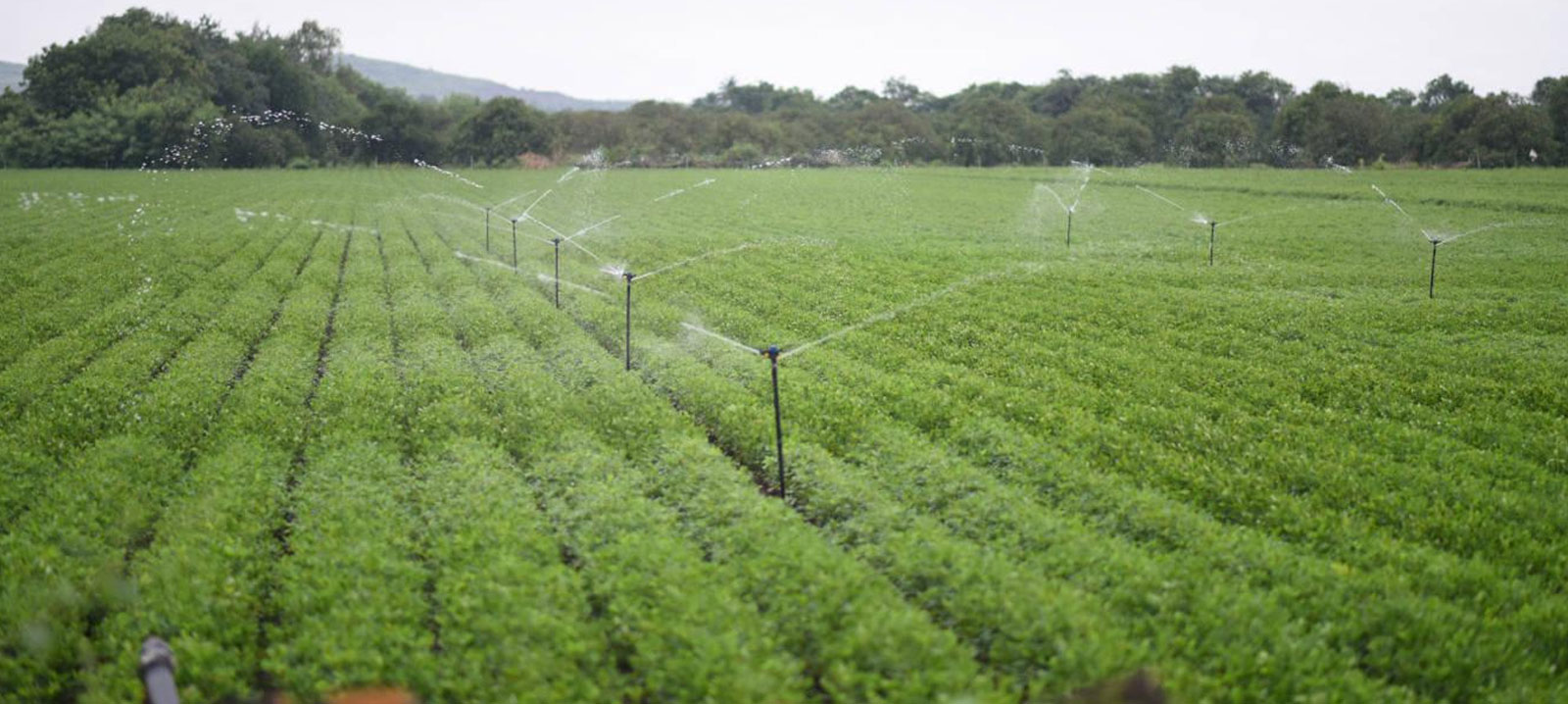
India is an agrarian economy that is heavily dependent on various factors such as good monsoons, easy credit facilities, government support, and sustainability. However, for several decades, the sector has been marginalized by government support. Industrialization and consumerism outpaced this sector, and as a result, it is going through a drastic change. Most importantly, the constant ignorance of this sector is causing some serious challenges that have yet to be discussed. On various accounts, the row between the government and farmers has also generated much hue and cry in the past, yet no adequate and proper solution has been drawn upon so far. In this post, we will try to dig deep into the problem areas and the concerns that require immediate attention to reach a conclusion and the expectations from the government.
Row over MSP: The rampant demand from farmers over MSP has found no solution at all. Various discussions on such a matter failed to draw any conclusions. Noted Padma Shree awardee agricultural scientist Ramchet Chaudhary shares his thoughts on this: Worldwide, developed nations compulsorily buy the produce at MSP from the farmers. However, in India, it is confined to a few crops, and they do not receive adequate support from the government. It is worth mentioning that the government issues MSP for a few crops only and for a limited tenure. As a result, very few farmers avail themselves of this opportunity to sell their crops to the government, and a larger portion of them feel left behind. Moreover, there are several cases when access to production fails to generate even the cost of production, and as a result, farmers don’t get their due advantage. Fixing up MSP will ensure their equitable share of hard labor in terms of assured return and thereby ensure the sustainability of the sector. Besides, it will also help to remove middleman intervention from the market.
Dwindling fertility: the next big challenge Another big challenge is the dwindling fertility of the soil, which results in low yields. Accessive usage of chemical-based fertilizers and pesticides not only affects soil fertility but also causes severe challenges to the health of consumers. According to the report of the Fertilizer Association of India, the ideal n-p-k (nitrogen-phosphorous-potassium) ratio is 4:2:1, which has been continuously dwindling since 1990. During the year 2014–15, a total of 485 million metric tons of fertilizers were used in the country, of which 306 million were urea. Out of a total of 525 districts in the country, nearly 292 districts used 85% of fertilizer. The systematic development of various environmentally friendly practices, novelty in irrigation techniques, and crop mapping are a few techniques that need to be practiced in a pervasive way to convey the benefits of sustainability. Various farmer awareness campaigns should be devised to create awareness among farmers.
Investment-led growth: The agriculture sector requires great investment to make it sustainable and growth-oriented. Despite being a big employment-generating sector, it receives merely 3% of the allocation in the budget. Furthermore, according to the International Labour Organization (ILO) report, nearly 5.5 million people dwelling in cities migrated back to villages during 2021–2023. In addition, according to the government organization's Commission of Agriculture Cost and Price Report, there are approximately 7,000 mandis (Emporia) in the country, where the requirement is to have a mandi every 5 km. If we go by logic, there will be a requirement of nearly 42,000 mandis. Similar to this, there is a great shortage of warehousing and cold storage facilities in the country. Effectively adopting PPP (public-private partnership) can help to provide adequate infrastructure support to establish a link between godowns, Food Corporation India, and different agencies to collect, store, and supply the block-level grain supply.
Financing, not subsidies, matter: The government offers various subsidies to farmers for the purchase of agricultural machinery. However, only 10% of such machines are being sold through subsidies, and the rest, 90%, are being sold in the open market as of now. The government should provide easy and accessible financing options to farmers instead of subsidies. Moreover, these widely sold machines do not come under any standard certification mechanism, such as BIS. As a result, poor-quality machines are available on the market which poses several quality and safety challenges. Since most of the subsidies are being spent on purchasing tractors, many useful and daily equipment fail to get adequate money. By addressing this concern, the agricultural machinery sector will not only experience growth and novelty, but farmers will also benefit.
Augmenting private equity: To augment the growth of the agricultural sector, there is a strong need for government support. By increasing private participation in the sector, it can be a better idea to promote growth. Currently, more than 27 government schemes are running, yet it is important to note that the sector requires strong private participation to address various challenges such as climate change, exposure to modern equipment, better-quality seeds and fertilizers, and so on. Drone technology, AI techniques, and remote sensing are the prevalent solutions that need to be incorporated on a large scale, which cannot be achieved without private equity.
Ray of hope: The upcoming budget for the years 2024–25 is certainly a ray of hope to the farmers. However, there are various other implications that need to be highlighted and require urgent attention to address the concerns, such as:
Conclusion: The Indian agriculture sector stands at a crossroads. Despite having several advantages and opportunities, the sector is still facing a tough time. Less government support, a lack of proper infrastructural facilities, and proper training and guidance assistance are a few major yet important things that, if addressed adequately, can help this sector experience a new growth trajectory.